REACH/ECHA Committee

The Graphene Flagship REACH/ECHA Committee will work together with Graphene Flagship companies and stakeholders on European regulations on chemicals and nanomaterials, to facilitate the commercialisation of products enabled by graphene and related materials.
The Graphene Flagship REACH/ECHA Committee will assess and advise on the registration of GRMs under REACH, a European regulation created to protect human health and the environment by managing the potential risks posed by chemicals.
REACH was adopted to classify and regulate chemical substances to prevent health and environmental risks, as well as to promote new manufacturing methods that are greener and more sustainable. The Regulation is implemented by the European Chemicals Agency (ECHA) and all companies have to register with ECHA each chemical substance manufactured or imported in quantities of one tonne or more per year.
As the graphene market grows and more industries incorporate 2DM into their processes and products, such registration is needed. The Graphene Flagship established the REACH/ECHA Committee to evaluate potential issues of industrial scale graphene manufacturing, gather information about health, environmental and sustainability risks, and provide guidance and assessment to companies to interact with ECHA and other regulatory bodies.
REACH/ECHA Committee members
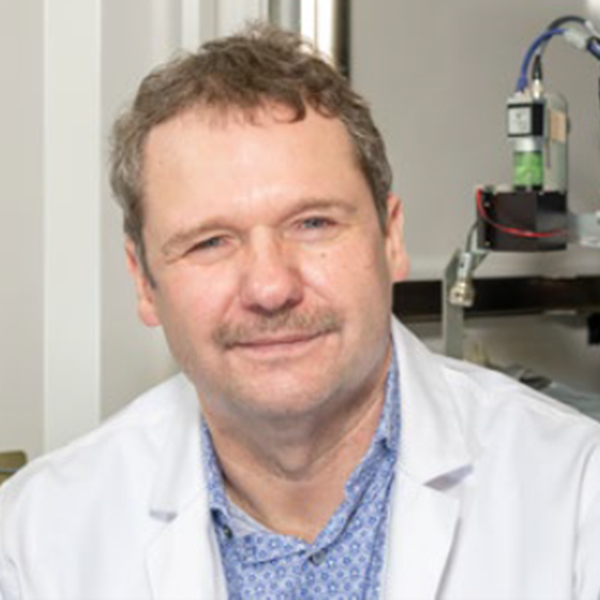
Jörg Radnik
BAM (Federal Institute for Material Research and Testing), Germany. Partner in GrapheneEU project

Marianna Rossetti
ICN2 – Institut Català de Nanociència I Nanotecnologia, Spain. Partner in 2D-BioPAD project
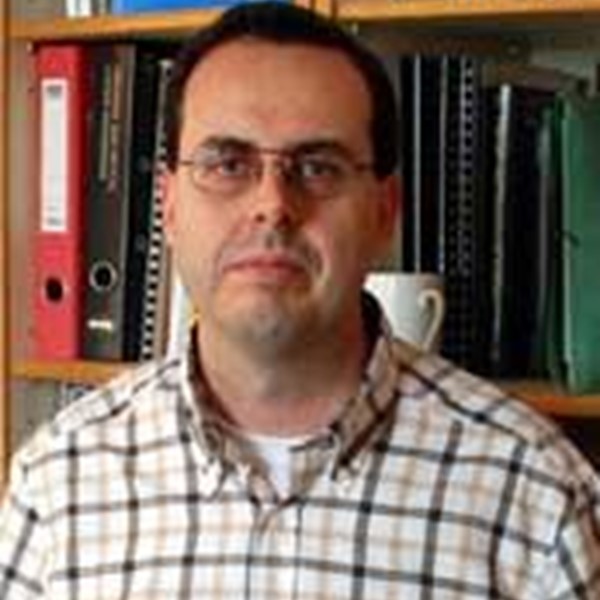
Spyros Yannopoulos
FORTH, Institute for Chemical Engineering Sciences, Greece. Partner in GRAPHERGIA project
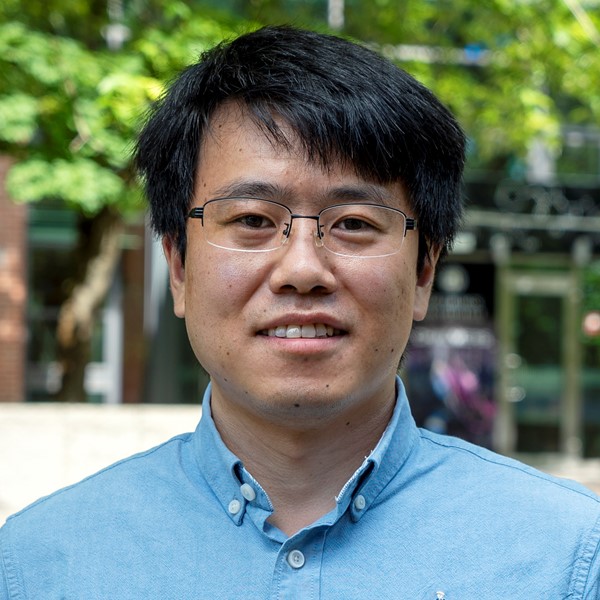
Jinhua Sun
Chalmers University of Technology, Sweden. Partner in ARMS project
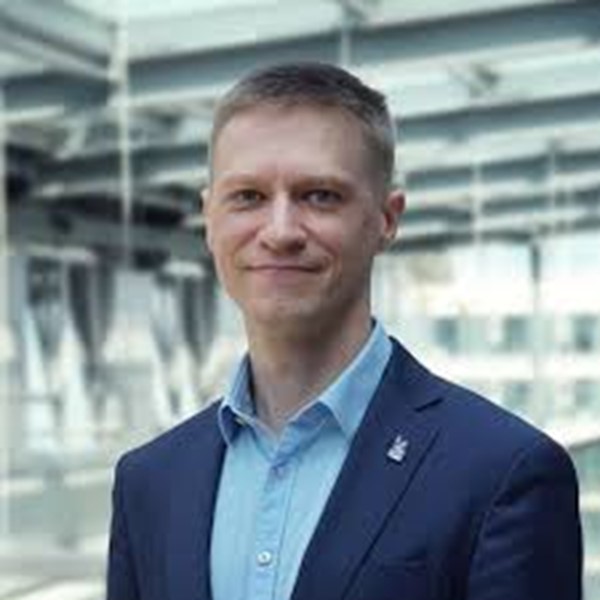
Dariusz Garbiec
Łukasiewicz - Poznań Institute of Technology, Poland. Partner in SAFARI project

Thomas Reiss
Fraunhofer-Institute for Systems and Innovation Research, Germany. Partner in GrapheneEU project

Macarena Muñoz Ruiz
Chalmers University of Technology, Sweden. Partner in GrapheneEU project
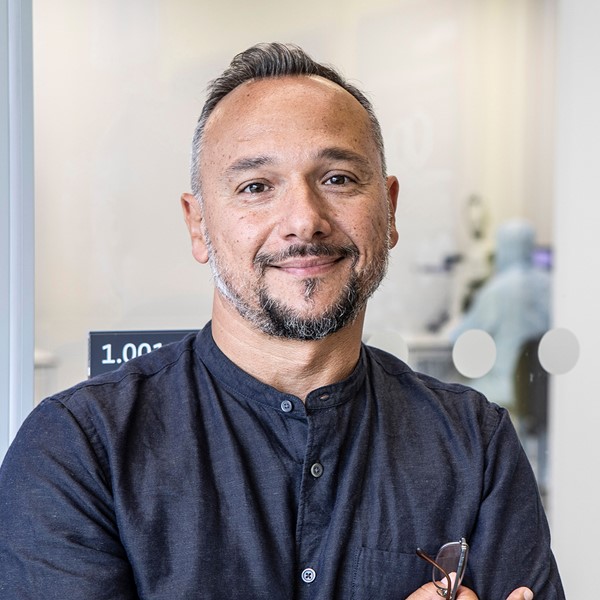
Kostas Kostarelos
ICN2, Spain; InBrain Neuroelectronics, Spain; University of Manchester, UK.
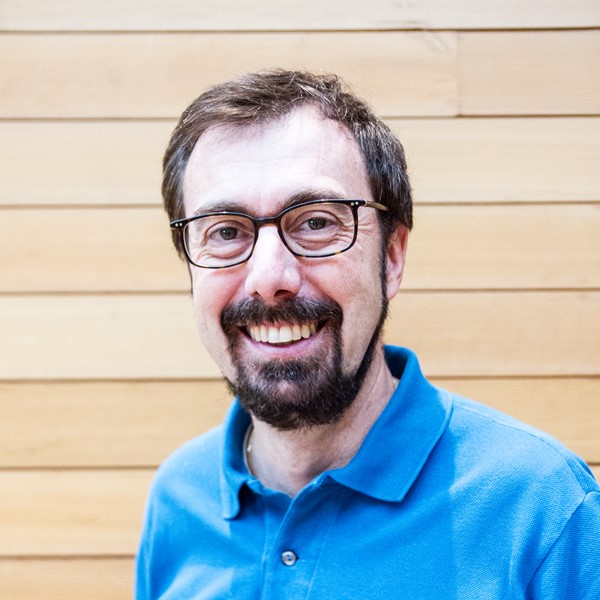
Alberto Bianco
CNRS – University of Strasbourg, France.
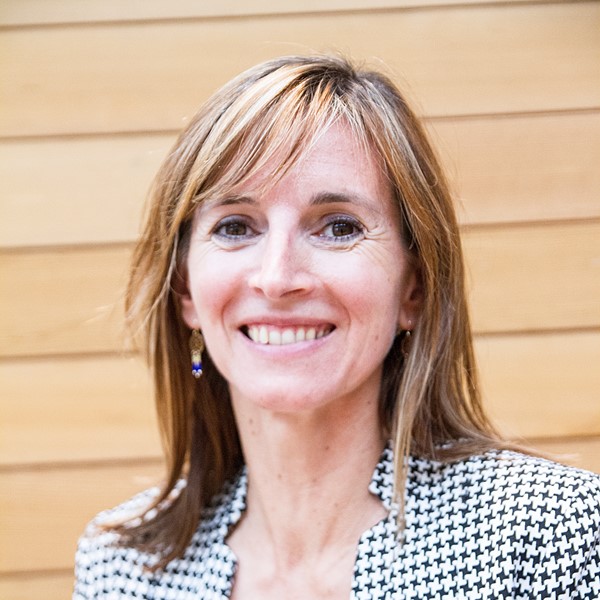
Amaia Zurutuza
Graphenea, Spain. Partner in MUNASET, Next-2DIGITS, 2D-EPL projects
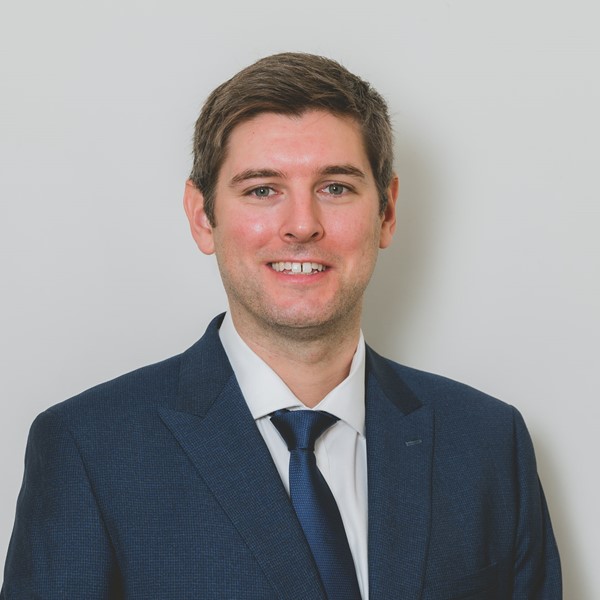
Stephen Hodge
Versarien, UK.
Jörg Radnik is a Senior Scientist at the Federal Institute for Material Research and Testing, Berlin in the Division 6.1 “Surface analysis and Interfacial Chemistry” and working in the competence centre nano@BAM. His research focuses on the chemical analysis of nanostructured materials. He is and was involved in different nanosafety-related research projects (e.g. ACEnano, NanoSolveIt, ACCORDs) and in metrological projects (e.g. ISO-G-Scope). Since October 2023, he is leading the standardisation and regulation task in the Graphene Flagship's CSA project, GrapheneEU. Furthermore, he is member of the Surface Analysis Working group of the consultative committee for amount of substance: metrology in chemistry and biology (CCQM) of the Bureau International des Poids et Mesure (BIPM) and one of the German representatives in the Versailles Project on Advanced Materials and Standards (VAMAS). In these functions, he leads different projects to enhance the accuracy and conformity of chemical methods in the field of nanomaterials.
Marianna Rossetti is a Senior Postdoctoral Researcher affiliated to the Nanobielectronics and Biosensors group, lead by Arben Merkoçi. Her research interests include functional DNA nanotechnology, biosensors and drug release applications, 2D-materials for sensing applications.
Rossetti is a chemist with a strong interdisciplinary background, focusing in particular on the use of DNA nanotechnology for bioanalytical applications. The goal of her research is to develop dynamic, bio-inspired devices for molecular diagnostics and nanomedicine. Her research spans the fields of DNA nanotechnology, analytical chemistry, materials science and supramolecular chemistry. Her aim is to develop sensors for highly sensitive biomarker detection, also using cutting-edge synthetic biology tools such as CRISPR technology, which has significant potential for advances in diagnostics. By combining the advantages of DNA nanotechnology with those of graphene-based hybrid composites, she aims to improve the sensitivity, specificity and user-friendliness of bioanalytical devices.
Learn more on the ICN2 website and LinkedIn
Spyros Yannopoulos is the Coordinator of GRAPHERGIA, Member of the Graphene Flagship Coordination Board and member of the Graphene Flagship Standardisation Working Group.
Yannopoulos has a B.S. in Physics and PhD in Chemical Engineering. He is a Professor at the Department of Chemistry at the University of Patras and Research Director at FORTH/ICE-HT. His research activities are focused on two main directions:
- Nanomaterials – Nanoscience – Nanotechnology: Fabrication of high-quality graphene-based hybrid nanomaterials from inorganic (metal carbides) and organic (polymers and biomass-based raw materials) compounds at ambient conditions, using novel laser-assisted methodologies; Developing rational bottom-up synthetic routes (wet chemistry and CVD) for the controlled growth of 1-D nanostructures (ZnO-based) and heterostructures (core/ sheath nanowires); CVD and PVD growth of 2-D few-layer transition metal dichalcogenide (TMDCh) crystals; Structure and dynamics of the fluids and crystals confined in nanopores; and Fabrication and characterization of low-dimensional nanoparticles by laser ablation
- Glasses / Glass transition and Light-Sensitive Amorphous Semiconductors: Understanding structure and dynamics of a diverse family of glasses, supercooled liquids and melts (halide, oxide, and chalcogenide glasses); Amorphous semiconductors: photoinduced phenomena in chalcogenide glasses: athermal photoplastic phenomena, athermal reversible photo-crystallization, phase-change materials, Raman amplifiers; and understanding structure-property relations in bioactive glasses
Jinhua Sun is an Associate Professor in Materials and Manufacture, Industrial and Materials Science.
Sun's research focuses on the development of multifunctional materials (e.g., graphene, MXene, polymer, metal) for various applications for example batteries (Li, Na, Al ions battery, and aqueous rechargeable battery), supercapacitors, sensors, gas barriers, anti-corrosion, and tribology. He is also interested in using different characterisation methods (e.g., in situ/operando) to understand the working (e.g., energy storage) mechanism of the studied materials. Moreover, he is working on the development of new battery manufacturing technologies by collaborating with industrial partners.
Dariusz Garbiec is the coordinator of SAFARI and a member of the Graphene Flagship Coordination Board.
Garbiec holds a PhD (2013) and a habilitation (2022) in Materials Engineering from Poznan University of Technology (Poland). Since the beginning of his scientific career, he has been working on FAST/SPS technology. He initiated and organised several FAST/SPS workshops (2018–2020) in Poland, which evolved in 2021 into an international conference. In 2022, he was honoured with an award from the Minister of Education and Science for his scientific achievements and activities. Now, he is the Deputy Director of Research at Łukasiewicz – Poznań Institute of Technology. His research focuses on ceramic materials, particularly carbides, MAX phases, and MXenes.
Dr. Thomas Reiss is involved in roadmapping tasks in the GrapheneEU project and a member of the previous REACH/ECHA committee.
Reiss is Senior Scientist at the Fraunhofer-Institute for Systems and Innovation Research ISI, Karlsruhe, Germany, and member of the Graphene Flagship roadmap team. He holds a doctoral degree in Biology from Freiburg University, Germany. After a post-doctoral fellowship at the DOE Plant Research Laboratory, Michigan State University (USA), he joined Fraunhofer ISI as Project Manager in 1987. 1996-2004 Head of the department Innovations in Biotechnology, from 2005 to 2020 Head of the Competence Center Emerging Technologies. Since 2014 Thomas has been PI of the Fraunhofer Team within the Graphene Flagship and coordinator the roadmap work. He served as Head and Deputy Head of Work Package Industrialisation of the previous phase of the Graphene Flagship.
Macarena Muñoz Ruiz is a Work Package leader in the GrapheneEU project and member of the previous REACH/ECHA committee. She holds a Bachelor in Law and Master's Degree in European Studies, and joined the Graphene Flagship in December 2014. She currently leads the governance and coordination work of the Graphene Flagship. She previously worked on different EU-funded projects and initiatives at the Spanish National Research Council (CSIC), and collaborated with the Spanish Ministry of Science as FP7/H2020 National Contact Point.
Kostas Kostarelos served as the Chair of the previous REACH/ECHA committee.
ICN2: Kostarelos is an ICREA Professor and Severo Ochoa Distinguished Professor at the Catalan Institute of Nanoscience and Nanotechnology (ICN2) in Barcelona (Spain).
INBRAIN: Co-Founder; Chair of Vision Board
University of Manchester: He is also Professor of Nanomedicine at the Faculty of Biology, Medicine & Health, the National Graphene Institute (NGI) and the Manchester Cancer Research Centre at the University of Manchester (UK).
A member of the previous REACH/ECHA committee, Alberto Bianco, Ph.D., is a Research Director at the CNRS in Strasbourg, France. He received his Ph.D. from the University of Padova (Italy). He has been a visiting scientist at the University of Lausanne (Switzerland), University of Tübingen (Germany), University of Padova, and Kyoto University (Japan). He is a fellow of the European Academy of Sciences and Academia Europaea. He was awarded the CNRS Silver Medal in 2019. He is an editor of Carbon. He is former Deputy Leader of the Work Package on Health and Environment in the Graphene Flagship. Areas of interest: Multifunctional nanomaterials; Carbon nanotubes, graphene and other 2D materials; Hydrogels based on self-assembly of hybrid systems; Biomedical applications; Drug delivery and imaging; Health impact of nanomaterials.
A member of the previous REACH/ECHA committee, Amaia Zurutuza obtained her PhD in Polymer Chemistry from the University of Strathclyde in Glasgow (UK) in 2002. After completing her PhD she did a post-doctoral fellowship working in a European project and at the beginning of 2004, she joined Ferring Pharmaceuticals (previously Controlled Therapeutics Scotland Ltd.) where she was a Senior Polymer Scientist working in the R&D of new controlled drug delivery systems. In 2010, she became the Scientific Director of Graphenea. At Graphenea, she leads the research and development activities on graphene-based materials. Since joining Graphenea, she has so far filed for sixteen patents and published more than 92 publications in peer reviewed journals. Principal Investigator in more than 30 EU FP7/H2020 funded research projects. In the Graphene Flagship, she was a member of the executive board and work package leader in the wafer scale integration (Graphene Flagship) and deputy leader in the wafer scale growth (Experimental Pilot Line) work packages.
Dr Stephen Hodge joined Versarien in 2017 and was appointed Head of Research in July 2018, was appointed to the board as Chief Technology Officer in January 2021 and then became CEO in July 2023. Prior to this, he was employed as a Principal Engineer at Cambridge Graphene Limited, a spin-out company of the University of Cambridge. He has held post‐doctoral research associate positions at the Cambridge Graphene Centre, University of Cambridge, and in the Department of Chemistry at Imperial College London, where he also completed a PhD in Nanomaterial Chemistry.
A member of the Graphene Flagship's previous REACH/ECHA committee, Hodge is also a member of a number of advisory boards including holding the role of Chairman of the Technical Working Group within the Graphene REACH registration consortium.
